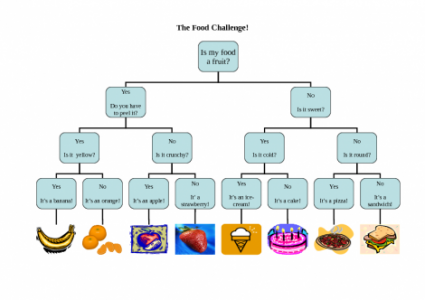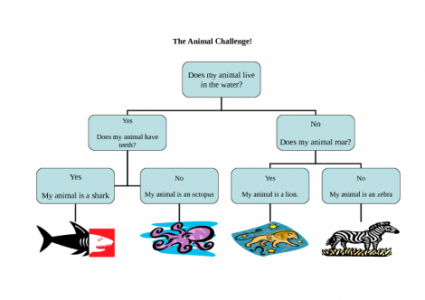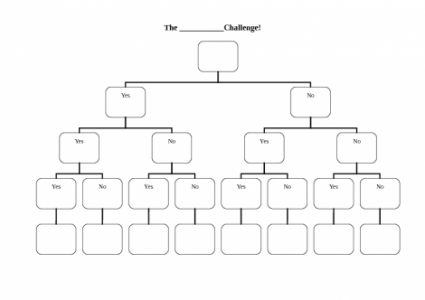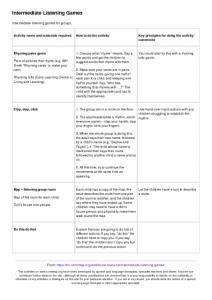Search
User login
Topic “Primary (5-11yrs)”
Primary school age (5-11 years)
Text mangle tool
See the "comments" link associated with this page for more information about this tool.
What this tool is for
The purpose of this tool is to be able to get a flavour of:
- What an early reader might get from text;
- What can be gained from text where only a selected number of high frequency words are used;
- How a strategy of signing could assist comprehension;
- Or...to create your own Jaberwocky poem!
See the comments page for more information on this tool.
use switches to turn something on or off
| Activity/strategy name and materials required | How to do the activity | Key principles for doing the activity and comments |
|---|---|---|
| Keeping cool: learning to sustain an action Fan, (with optional ribbons attached) Mains switch control box | Configure the controller so that the fan is on as long as the switch is held down. Hold down the switch and let the child/adult feel the breeze. Let them do the same. | The child/adult should experience holding down the switch and feeling the breeze. On release the breeze stops. State, "On" and "Off" as you and the child/adult press and release the switch. |
| Learning to use a switch to turn a device on Fan (as above) | As either of you press the switch say, "on." When it stops say "off." Show them the effect of the breeze, blowing your hair or rubbing your arms because it is cold. | |
| Switching a device on and off (Do this in a subsequent session after the child/adult has understood the process in the above activity). A device to control, for example: fan toy computer monitor bubble machine | Let the child/adult turn the fan on and off modelling the vocabulary as you go. Reinforce this learning with different devices at different times and places. |
Make a choice using two switches
| Activity/strategy name and materials required | How to do the activity | Key principles for doing the activity and comments |
|---|---|---|
| Establishing motivators Items/activities the student may be interested in. Items/short activities the student is not interested in. |
| Don't use two things which are motivating for the student as you won't be able to tell whether they've succeeded in expressing a choice or not. |
| Establishing the switches to use Appropriate switches to use Typically you might start off with a couple of large recordable buttons (for example "Big Macs". You may have already established this with single switch work and established that they can make something happen with a single switch). | You may need to work with an occupational therapist to establish what type of switch a student can use - particularly if they have complex physical difficulties. | |
| Making choices Pair of switches Motivating and un-motivating items/activities (see the activity "establishing motivators" above) | If they don't press a switch you may need to:
Consistency of pressing Do they appear to be pressing one switch more than another, or do they appear to be choosing the switch randomly? Swapping the switches around from time to time will help you to know this. If they aren't consistent, you could try making the switches more different, for example:
You could also try:
|
Developing attention and listening skills through motivating activities
| Activity/strategy name and materials required | How to do the activity | Key principles for doing the activity and comments |
|---|---|---|
| Sensory Play - Sensory toys and materials for messy play (e.g. trays with sand/ cornflour and water/jelly). - The best toys are those that the child can manipulate easily to produce a result. | 1. Guide your child's hands and visual attention to toys/trays of material(s) that they can touch and look at. 2. Let your child explore the toys/materials in the tray and encourage them to investigate all their properties, stimulating all of the child's senses as far as possible (colour, smell, texture). 3. You may need to draw the child's attention back to the activity if the child becomes distracted. Use your voice to regain their attention (e.g. a drawn out "ohhhh!", or an intake of breath). | Do not continue with something the child has lost interest in, but wait a while before introducing another object. |
| Turn taking games - Ball / dark cloth - Your voice - to sing simple nursery rhymes that have an element of anticipation built in such as "Round and round the haystack, like a little mouse, one step, two step and into his little house". | This is a fun activity for you and the child to enjoy together. Use plenty of facial expression and your voice to gain and keep the child's attention. |
Today arrow
Picture:

Picture description:
Arrow to indicate today on a timetable.
Common irregular past tense verbs
Created 15 May 2012; updated 6 December 2021.
Common irregular past tense verbs
These can be used with activities sheets from www.commtap.org including:
- make phrases in past tense using irregular verbs 1
- make phrases in past tense using irregular verbs 2
Some common irregular past tense verbs for use in the above activities
See below if you are not sure what an irregular past tense verb is.
The Animal Challenge
Created 15 May 2012; updated 18 July 2015.
Blank 3 question challenge
Template for creating questions using a flowchart: see https://en.commtap.org/language-communication/develop-question-skills for ideas as to how you could use this.
Created 15 May 2012; updated 16 July 2015.
Intermediate Listening Games
Intermediate listening games for groups.
Harder listening games
| Activity name and materials required |
Support Commtap to keep it online
Thank you for visiting Commtap.
Please read this message as it is extremely important.
- Visitor donations mean we can continue to host over 1,000 free activities to support speech, language, and communication development.
- Visitor donations mean we can continue to provide free resources to address a wide range of communication needs, including limited speech or language, interaction challenges, and needs associated with conditions such as developmental language disorder, autism, and cerebral palsy.
- Visitor donations mean we can continue to provide resources to support the work of speech and language therapists, teachers, teaching assistants, parents, and carers.
- Visitor donations mean we can continue to provide the free key word sign dictionary (bks.org.uk) which has over 2,000 Makaton and Signalong signs.
We know that not everyone is able to afford to pay to access these resources, however, if you can, please make a donation to keep the site going.
Thank you
Google ads on this page are provided by Google Adsense - and their presence does not imply any endorsement by Commtap. Report a problem with an ad on this page. Log in (for free) to avoid seeing Google ads.







